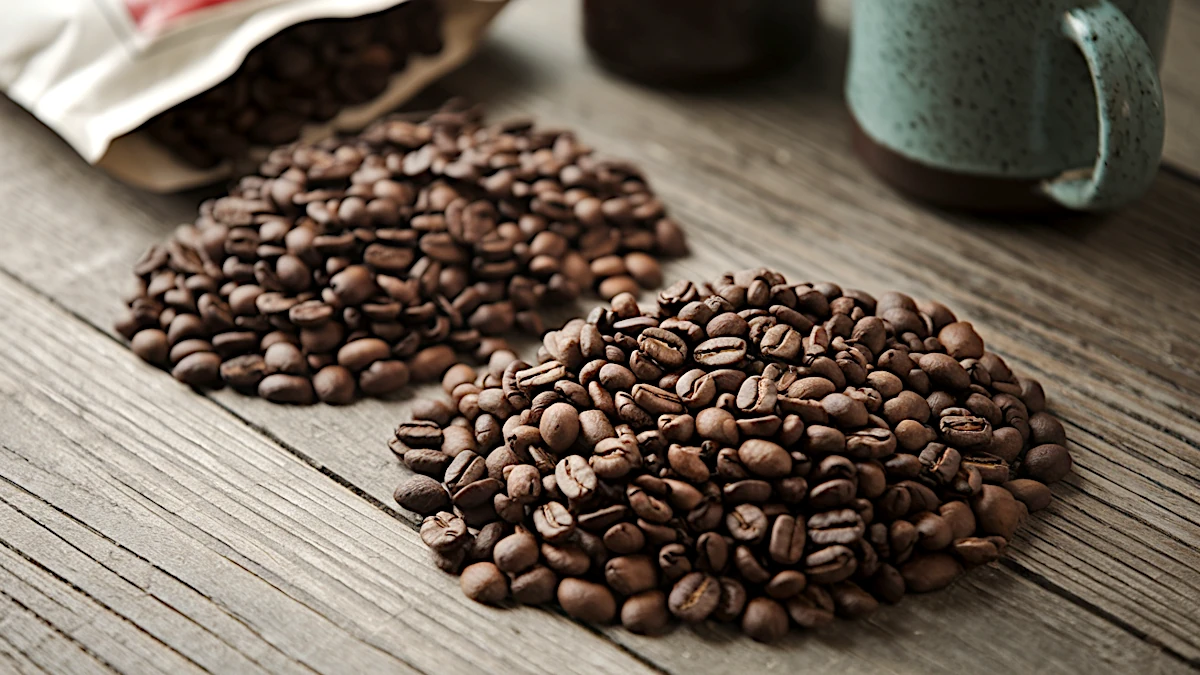Curious about what sets Robusta coffee vs Arabica coffee apart? These two coffee giants dominate the global market, offering unique flavors, origins, and caffeine content. Whether you’re a casual coffee drinker or a devoted connoisseur, understanding their differences can enhance your coffee choices.
Table of Contents
What is the Difference Between Robusta and Arabica Coffee?
Arabica and Robusta are the two primary coffee bean types, each distinguished by their flavor profiles, growing conditions, and caffeine levels. Arabica offers a smooth, fruity experience, while Robusta delivers a bold, intense flavor. Let’s dive deeper to see which suits your taste.
What is Arabica Coffee?
Arabica coffee (Coffea arabica) is the world’s favorite coffee bean, accounting for 60–70% of global production. Known for its delicate flavor, it thrives in high-altitude regions like Central and South America, East Africa, and parts of Asia.
Flavor Profile
Arabica is celebrated for its smooth, fruity, and floral notes, with a mild acidity that creates a refined cup.
Growing Conditions
Arabica grows best at 600–2,200 meters above sea level in cool climates but is sensitive to diseases and frost, making cultivation challenging.
Caffeine Content
Arabica beans have moderate caffeine levels, averaging about 1.2%, contributing to their smoother taste.
Why It’s Popular
Arabica’s gourmet status stems from its delicate flavor and complexity, though its higher production cost makes it pricier than Robusta.
What is Robusta Coffee?
Robusta coffee (Coffea canephora) makes up 30–40% of the global coffee supply. Native to Africa, it’s now widely grown in Vietnam, Indonesia, and Brazil.
Flavor Profile
Robusta’s flavor is bold, earthy, and nutty, often with bitter undertones. Its high caffeine content intensifies its strong taste.
Growing Conditions
This resilient bean thrives at 0–600 meters and tolerates warmer climates and pests, making it easier and cheaper to grow.
Caffeine Content
With ~2.2% caffeine, Robusta has almost double the caffeine of Arabica, giving it a powerful kick.
Common Uses
Robusta is commonly used in espresso blends for its rich crema and in instant coffee due to its affordability and strong flavor.
Arabica vs Robusta: Key Differences
| Feature | Arabica | Robusta |
|---|---|---|
| Chromosomes | 44 – Complex genetic structure, yielding nuanced and varied flavors. | 22 – Simpler genetic structure, leading to a more uniform taste. |
| Rainfall Range | 60–100 in (1,500–2,500 mm) – Deep roots withstand dry topsoil. | 80–120 in (2,000–3,000 mm) – Shallow roots need frequent, heavy rainfall. |
| Ideal Temperature | 60–80°F (15–25°C) – Prefers temperate climates, sensitive to frost. | 70–85°F (20–30°C) – Thrives in hot, tropical climates. |
| Flower to Cherry Time | 9 months – Faster maturation allows for better cycle management. | 10–11 months – Slower maturation requires less intensive harvesting. |
| Sugar Content | 6–9% – Naturally sweeter, providing balanced acidity and smooth texture. | 3–7% – Less sweet, often bitter, with a strong aftertaste. |
| Root System | Deep – Requires 5 ft (1.5 m) spacing for proper root development. | Shallow – Needs at least 6 ft (2 m) spacing for growth. |
| Flowering Period | Predictable after rainfall – Typically in areas with distinct wet seasons. | Irregular – Occurs in humid, unstable climates, making flowering unpredictable. |
| Altitude and Latitude | 3,000–6,600 ft (900–2,000 m) – High altitudes ensure ideal conditions for growth. | 0–3,000 ft (0–900 m) – Grows well at lower altitudes without the need for cooler temperatures. |
| Oil Content | 15–17% – High oil content contributes to a smooth, rich texture. | 10–12% – Lower oil content leads to a thick, stable crema in espresso blends. |
| Caffeine Content | 0.8–1.4% – Lower caffeine content, with rare varieties like Laurina almost caffeine-free. | 1.7–4% – High caffeine content provides natural pest resistance. |
Historical and Genetic Origins
Arabica’s Roots
Arabica originates from Ethiopia, the birthplace of coffee. Its genetic diversity gives it a wide range of flavors but makes it vulnerable to diseases.
Robusta’s Beginnings
Robusta hails from the Congo basin and is prized for its adaptability to harsh conditions and resistance to pests.
Why Genetics Matter
Arabica’s limited genetic diversity poses risks like crop failure, prompting research into crossbreeding for resilience without sacrificing flavor.
Choosing the Right Coffee for You
For Smooth, Complex Flavor
Arabica is perfect for those seeking a refined coffee experience with fruity, floral notes.
For Bold, Strong Coffee
Robusta is ideal for espresso enthusiasts or anyone needing a caffeine boost with a rich, full-bodied flavor.
Blends
Blends of Arabica and Robusta combine the smoothness of Arabica with the intensity of Robusta, offering a balanced profile.
Common Myths About Arabica and Robusta
Myth: “Robusta is Low Quality”
Not all Robusta is inferior. High-quality Robusta can enhance espresso blends and create a creamy texture.
Myth: “Arabica is Always Better”
While Arabica is preferred for specialty coffee, Robusta is better for certain applications, like strong espressos or instant coffee.
Conclusion
Arabica and Robusta offer distinct qualities that cater to different tastes and needs. Whether you favor Arabica’s fruity smoothness or Robusta’s bold intensity, both have a place in the coffee world. The next time you sip a cup, appreciate the unique journey of these beans from farm to cup.
Which one is your favorite: Arabica or Robusta? Share your thoughts in the comments!
